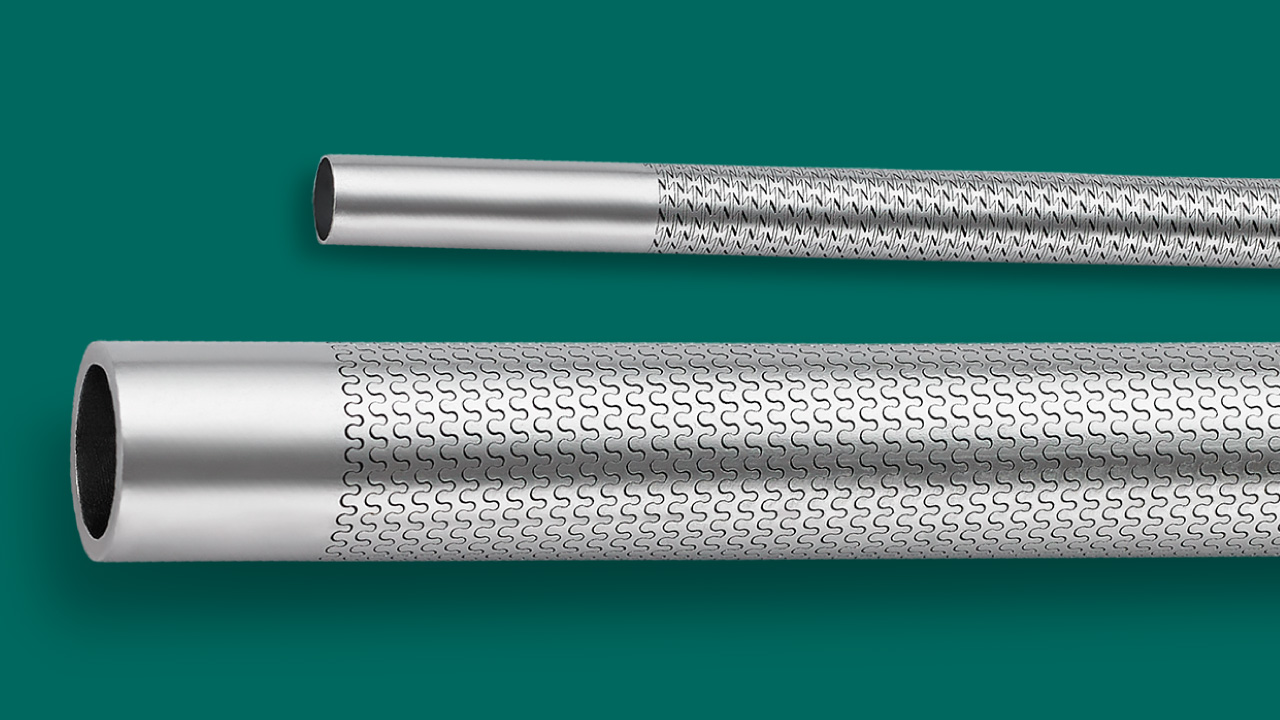Medical device design is a process that demands months or sometimes years. The industry’s tendency to navigate technology evolution and ongoing developments dictates any given medical device project’s scope, goals and timeline. Through the design and development process, a medical device project may very likely go through dozens or possibly hundreds of designs and iterations.
While the medical device design process can be time-consuming and expensive, the end result is often a high-quality, technologically advanced piece of equipment or medical instrumentation that improves the care of patients. So, what goes into medical device design? The process involves multidisciplinary collaboration, funding requests, iterations and testing and eventually prototypes and production.
Define a Project
Successful device development necessitates early-stage project definition. Engineers must perform initial research to discover what patients, providers or other end-users need. Is there a problem at hand that needs to be solved? Will the device or instrument improve an existing solution? With a clear definition and end-goal in mind, the project’s parameters become clear and the entire process is made easier.
There are a number of considerations engineers must take into account when performing early research discovery:
- Performance: What will the device or instrumentation do?
- Intellectual Property: Has this idea been taken already?
- Regulations: What federal or state regulations will impact the project?
- Material Requirements: What materials will you need for production?
- Cost: How will you fund the project?
- User Experience: Is the device user-friendly and designed with UX/UI in mind?
With these considerations in mind during the initial stages of the device development process, designing and producing a medical instrument can be streamlined and optimized for mass-production and public use.
Proof of Concept
The proof of concept phase is typically the next major step in the medical device design process. While this often results in an early iteration of a prototype, there are a number of multidisciplinary steps to get there. During proof of concept, engineers, designers, software developers and oftentime UX/UI specialists will collaborate to establish a clear path and picture of what the final product will look like and work like.
Having robust collaboration is paramount during proof of concept. User experience, for example, is difficult to retrofit to a final product. Integrating user experience and interface considerations early on benefits end-users who need devices and instruments that are intuitive and easy to use. Software capabilities (when applicable) need to be realistic and viable. If the instrument or device needs CNC cutting or other refined precision technology demands, engineers need to develop a plan and get the proper coding and files in motion. Proof of concept further distributes project costs. Ensuring each department has an appropriate budget can prevent potential issues or roadblocks later in the project.
Additionally, proof of concept enables developers to keep track of federal or state regulations, to align the project with necessary mandates and regulations from the beginning. By getting everyone in the same room together early in the medical device design process, the project is more likely to stay within the original scope on time and on budget. Once the proof of concept phase is completed, developers are equipped with enough to begin crafting early prototypes to demonstrate what the device or instrument will look like and how it will function.
Draft Concepts
With the proof of concept phase completed, the next step in medical device design is concept drafting. Developers can draft device concepts in a number of ways to further design what the final product will look like. Early iterations may include drawings, sketches or even device blueprints. Then, designers and engineers can integrate those drawings into more collaborative mediums, such as CAD software or CAM software. Computer-aided software enables developers to design and refine projects. Collaboration is optimized with computer software, as well.
Developers may also draft device concepts through design matrix programs. This allows for robust collaboration and a more refined level of digital prototyping. With effective digital draft concepts in place, engineers can take the files and use them to create physical prototypes that allow them to hold, feel and even use the device, testing it and further optimizing its performance.
This stage in the design process begins to meld into the development and testing processes. While developers begin to prototype and beta test their designs, they are constantly refining the design and user experience to ensure the final product is ready for end-users. Medical device design is an ongoing process, and one that demands constant evaluation and collaboration.
Medical Device Design is Ongoing
Effective medical device design is one that is created with the patient, doctor or end-user in mind. Through multidisciplinary collaboration and constant evaluation and optimization, engineers and developers can design medical devices that achieve their goals and improve patient care.
Once prototypes are ready for beta testing, patients and doctors can physically see and use the equipment. Oftentimes there are further improvements made after this stage before being approved by the FDA and moving onto mass production. Keeping user experience, project goals and practical functions of the device is essential in maximizing the resources including time and cost allotted for the project.
At NPX, we have refined our medical device design process and are equipped to develop your concepts at all stages. From early project ideation to proof of concept to designing, prototyping, optimizing and finally manufacturing your device, we are able to assist and enable your project. If you are interested in bringing a medical device or instrument to market with speed and quality, contact NPX.



